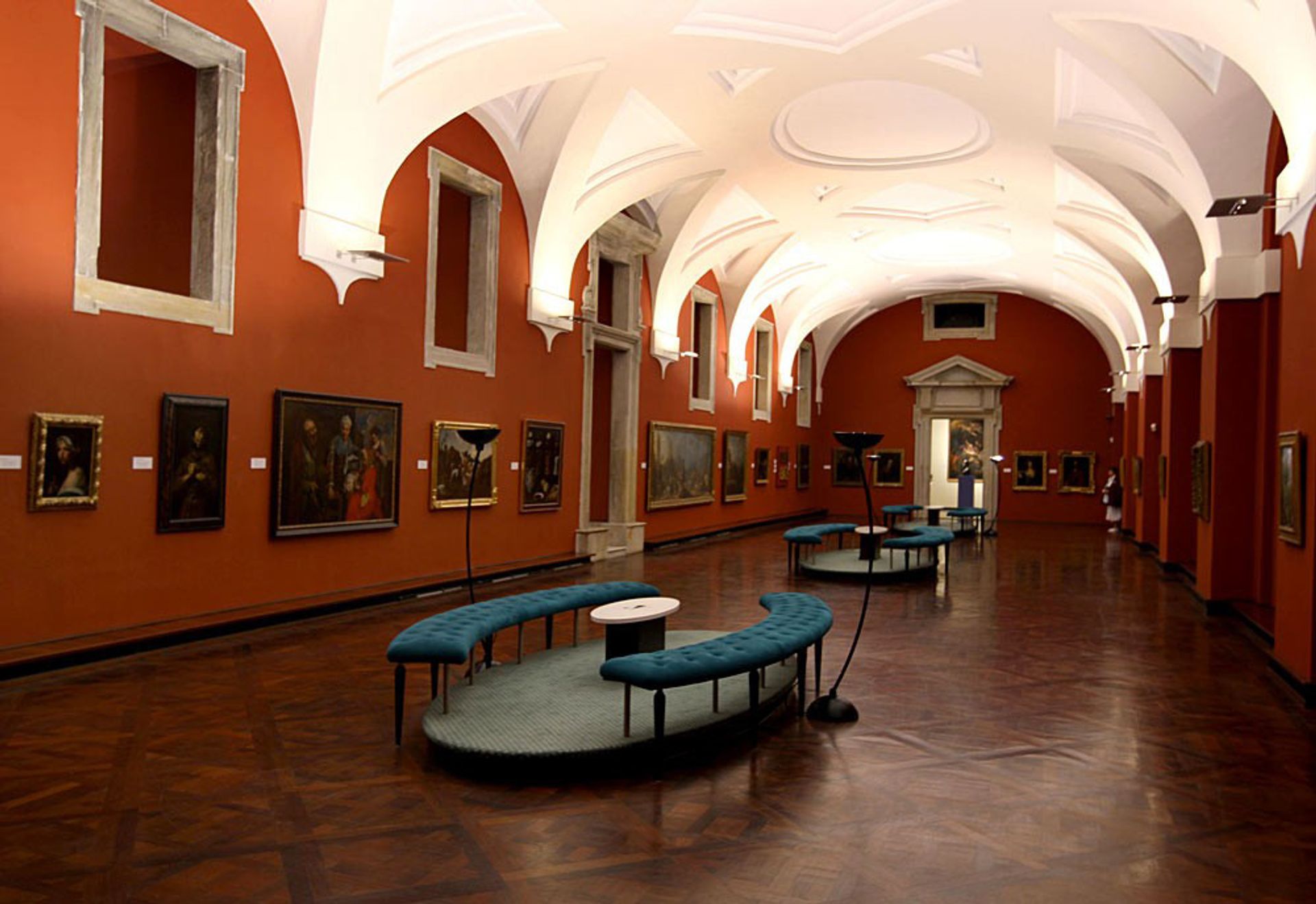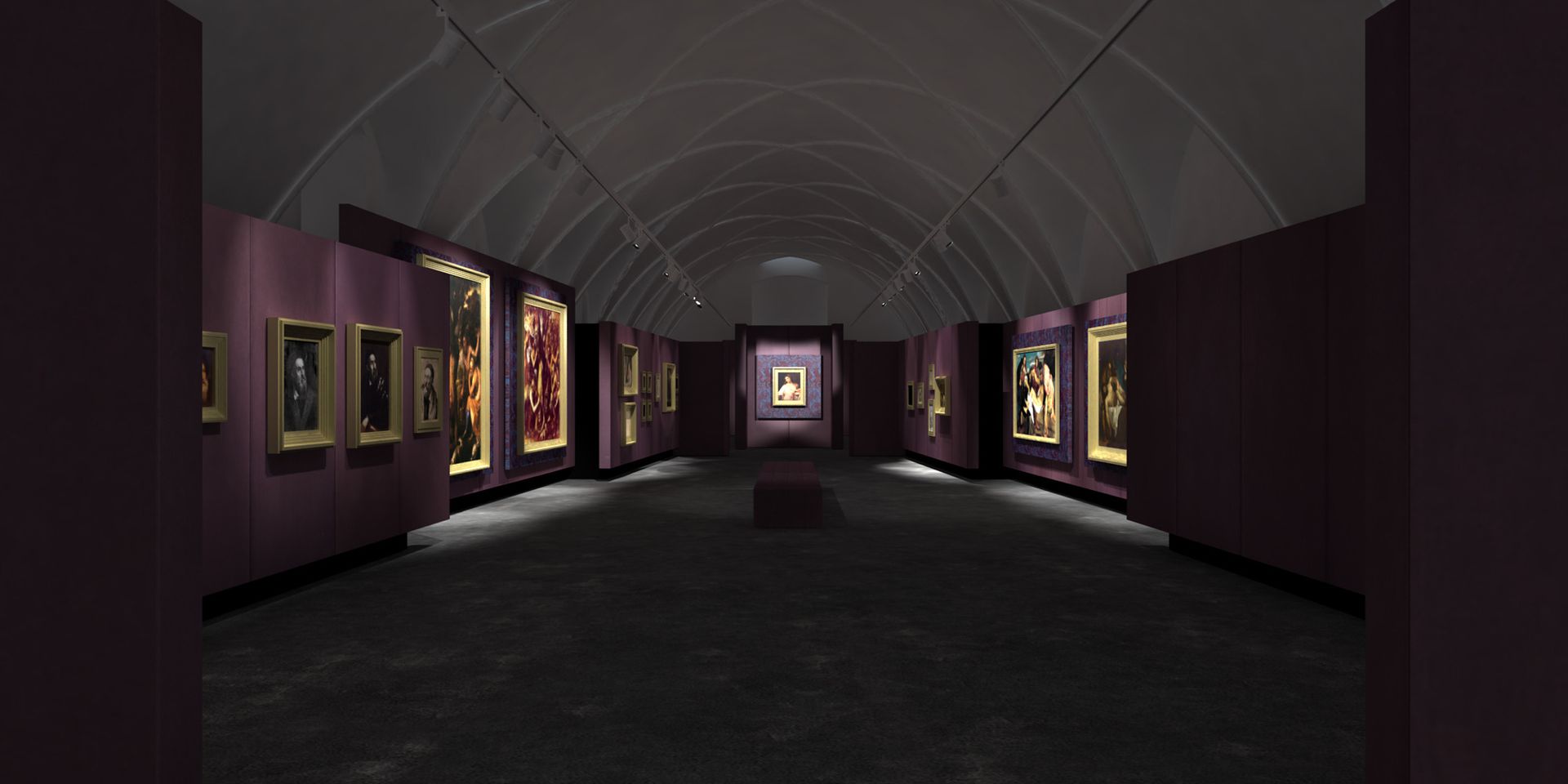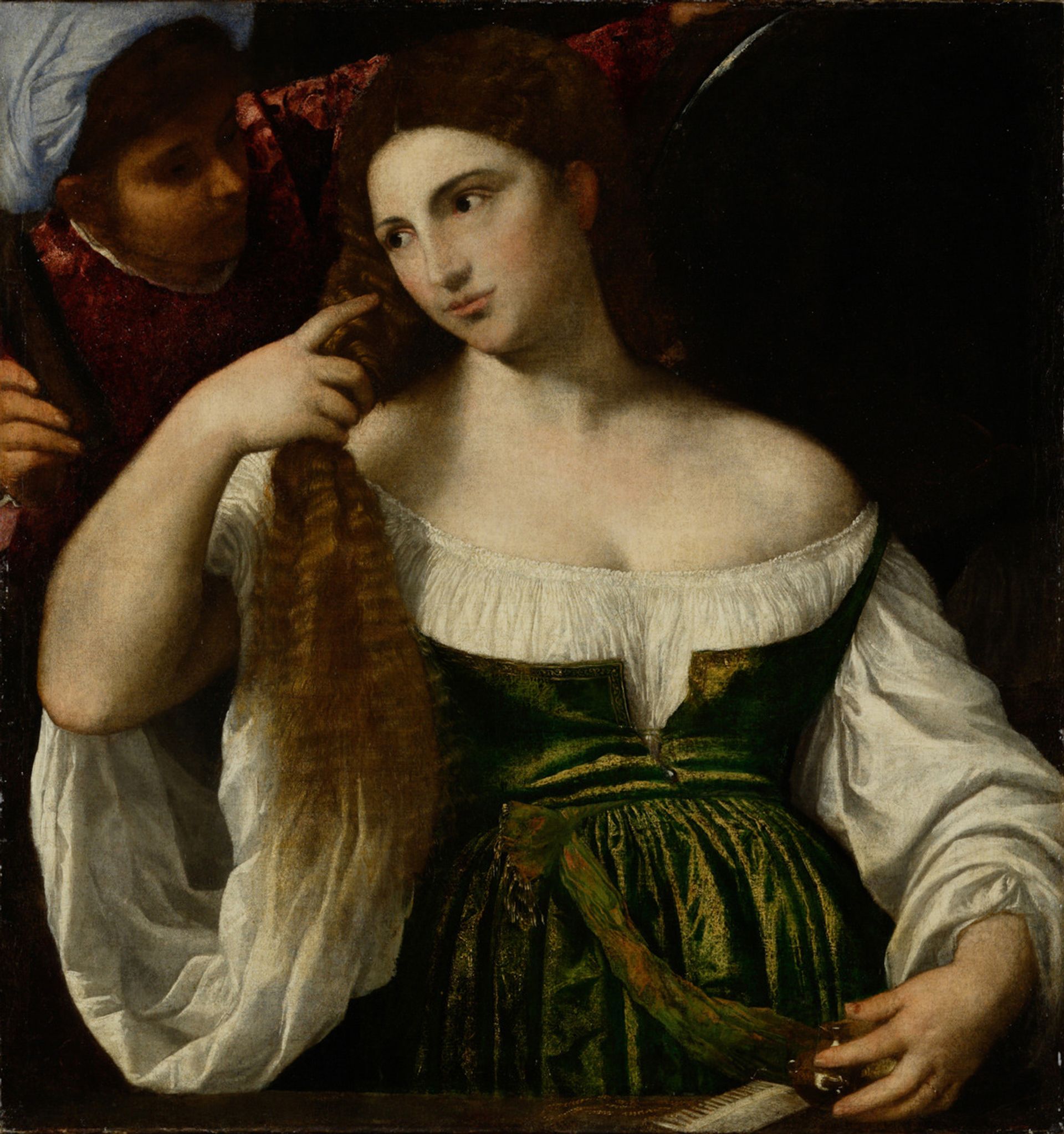A major loan exhibition of works by Titian scheduled to open in Prague next week has been postponed at the last minute due to concerns from the insurers over the venue’s condition and paperwork delays.
Titian Vanitas: The Poet of the Image and the Shadow of Beauty, was originally meant to run from 23 September to 17 January 2016 at Prague Castle’s Imperial Stables. The site was built in 1583 by Emperor Rudolph II (a noted Titian collector), transformed into a gymnasium by Czechoslovakia’s Communist regime after World War II, and then converted into a concert and exhibition hall in the early 1990s.

The show is organised by Art For Public, a Prague-based cultural organisation whose president Monika Burian Jourdan told The Art Newspaper that the postponement had been caused by the insurers’ refusal to allow works to be shipped after concerns were raised about the condition of the Stables’ roof during an inspection this summer.
Burian Jourdan, who also owns a contemporary art gallery in Prague, says the roof problem has now been fixed, but that Prague Castle authorities had been slow to furnish insurers with the required documentary proof.
“We decided to postpone the opening as we were not sure the Castle would be ready,” she said in a telephone interview. “From our side, we had everything set, including all export and shipping permits, and the paperwork from the Italian Minister of Culture.” At the same time, Art For Public is busy preparing for another show—El Greco in Italy, due to open in Treviso on 24 October—which only added to the worries over deadlines.

The show will now open six weeks later, on 12 November, and run until 20 March 2016. It will feature 50 works by Titian and his followers, along with the diploma—never before displayed outside Italy—signed by Emperor Charles V in 1533 appointing Titian as Court Palatine and Knight of the Holy Roman Empire. The works come from more 30 private and institutional lenders (mainly from Italy), and the exhibition is insured for €160m.

The curator, the 83-year-old art historian Lionello Puppi, promises to “address the duality of mortality and beauty communicated through allegories”, in Titian’s work with a special focus on four versions of Young Woman with Mirror—from Prague Castle, Florence’s Uffizi Gallery, Barcelona’s Museu Nacional d’Art de Catalunya and an unspecified private collection—shown together for the first time.

